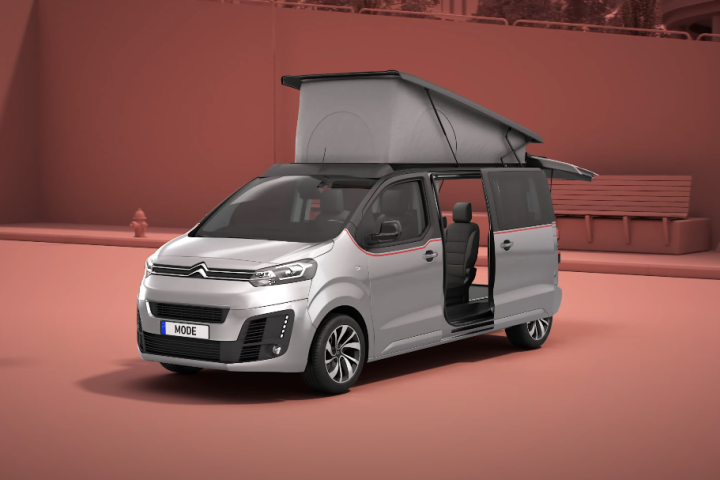As the push towards mainstream electric vehicles continues, the world's car manufacturers are doing everything they possibly can to squeeze extra range out of their batteries. Nissan has been working away in chemistry class, and says it has found a way to potentially boost the performance of its lithium-ion batteries using silicon.
Currently, most lithium-ion batteries use materials like graphite for their anode, because they're conductive and expand modestly when fully charged. Although crystalline silicon is able to hold more lithium than these conventional carbon-based materials, it swells massively when full, which makes for rapid deterioration during normal charge cycles.
To try and harness the potential benefits of using silicon in lithium-ion batteries, Nissan's team used structural analyses and computer simulations to get a better understanding of the atomic makeup of silicon in its amorphous form. Following the study it became clear that, like its crystalline cousin, amorphous silicon monoxide holds more lithium than carbon-based materials, but doesn't deteriorate over the course of repeat charge cycles.
If properly harnessed, the technology could allow engineers to store more lithium-ions in their batteries, making for better range.
"The utilization of this analysis method in our future R&D will surely contribute to extending the cruising range of future zero-emission vehicles," said Takao Asami, Senior Vice President of Nissan Motor Co.
The study was conducted by Nissan, in conjunction with one of its subsidiary companies, Tohoku University, Japan's National Institute for Material Science, the Japan Synchrotron Radiation Research Institute and the Japan Science and Technology Agency.
Source: Nissan






